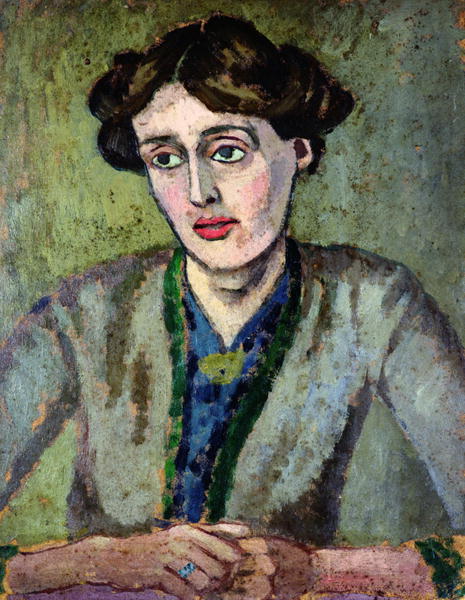Read through the final two paragraphs of Virginia Woolf’s essay, “The Death of the Moth.” As you read, take note of Woolf’s syntax and how it contributes to the meaning of her essay. You will focus on the features of syntax and figures of speech you have worked with in this lesson. What is the writer trying to draw your attention to in her writing? What is her tone or attitude? What words, phrases, and sentences tell you this is true? In the essay, Woolf describes a moth and its struggle to stay alive. Interestingly, Woolf had her own personal struggle with mental illness and wrote this essay late in her career; it wasn’t published until 1942, a year after she committed suicide. It has been has been proposed that Woolf was preparing for her own death by writing this essay. You can read it in its entirety on this website.
- After a time, tired by his dancing apparently, he settled on the window ledge in the sun, and, the queer spectacle being at an end, I forgot about him. Then, looking up, my eye was caught by him. He was trying to resume his dancing, but seemed either so stiff or so awkward that he could only flutter to the bottom of the windowpane; and when he tried to fly across it he failed. Being intent on other matters I watched these futile attempts for a time without thinking, unconsciously waiting for him to resume his flight, as one waits for a machine, that has stopped momentarily, to start again without considering the reason of its failure. After perhaps a seventh attempt he slipped from the wooden ledge and fell, fluttering his wings, on to his back on the windowsill. The helplessness of his attitude roused me. It flashed upon me that he was in difficulties; he could no longer raise himself; his legs struggled vainly. But, as I stretched out a pencil, meaning to help him to right himself, it came over me that the failure and awkwardness were the approach of death. I laid the pencil down again.
- Stillness and quiet had replaced the previous animation. The birds had taken themselves off to feed in the brooks. The horses stood still. Yet the power was there all the same, massed outside indifferent, impersonal, not attending to anything in particular. Somehow it was opposed to the little hay-coloured moth. It was useless to try to do anything. One could only watch the extraordinary efforts made by those tiny legs against an oncoming doom which could, had it chosen, have submerged an entire city, not merely a city, but masses of human beings; nothing, I knew, had any chance against death. Nevertheless after a pause of exhaustion the legs fluttered again. It was superb this last protest, and so frantic that he succeeded at last in righting himself. One’s sympathies, of course, were all on the side of life. Also, when there was nobody to care or to know, this gigantic effort on the part of an insignificant little moth, against a power of such magnitude, to retain what no one else valued or desired to keep, moved one strangely. Again, somehow, one saw life, a pure bead. I lifted the pencil again, useless though I knew it to be. But even as I did so, the unmistakable tokens of death showed themselves. The body relaxed, and instantly grew stiff. The struggle was over. The insignificant little creature now knew death. As I looked at the dead moth, this minute wayside triumph of so great a force over so mean an antagonist filled me with wonder. Just as life had been strange a few minutes before, so death was now as strange. The moth having righted himself now lay most decently and uncomplainingly composed. O yes, he seemed to say, death is stronger than I am.

Source: Virginia Woolf, Roger Fry, Wikimedia